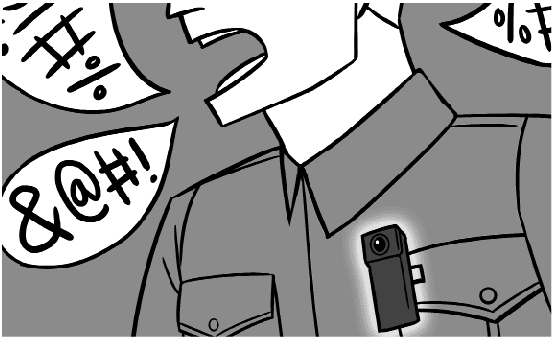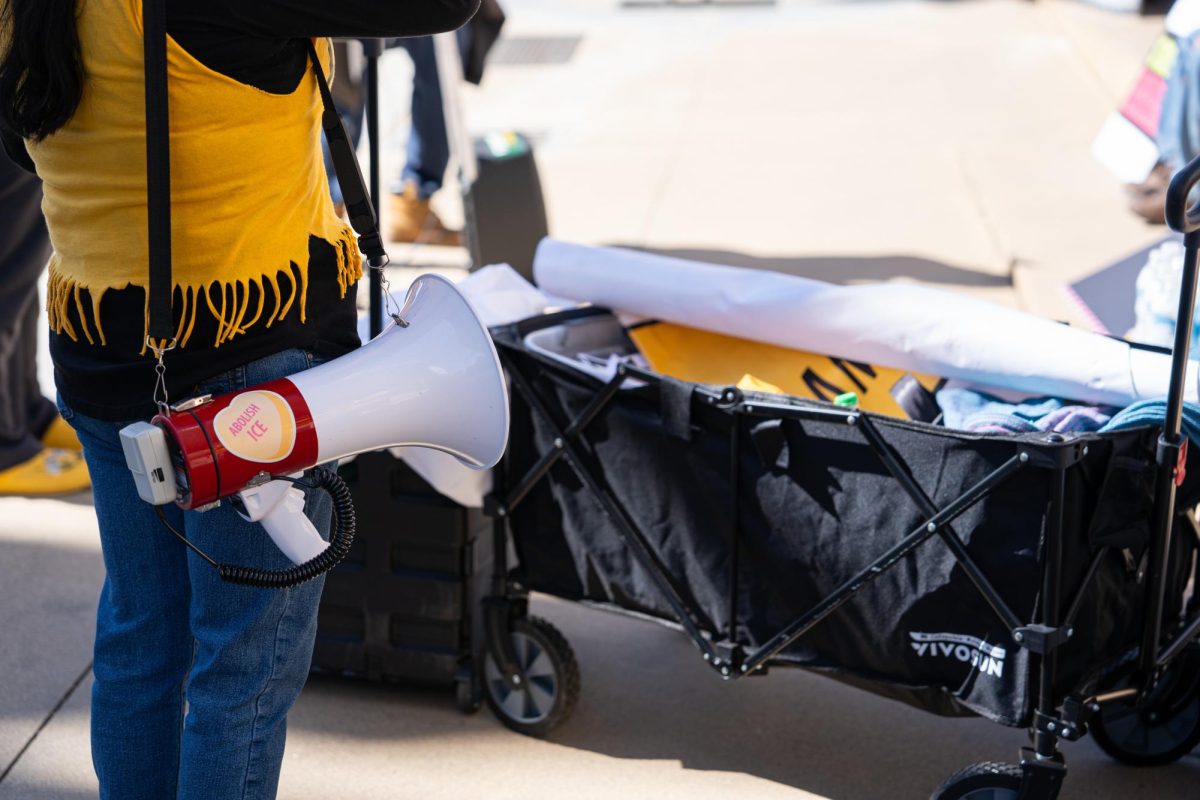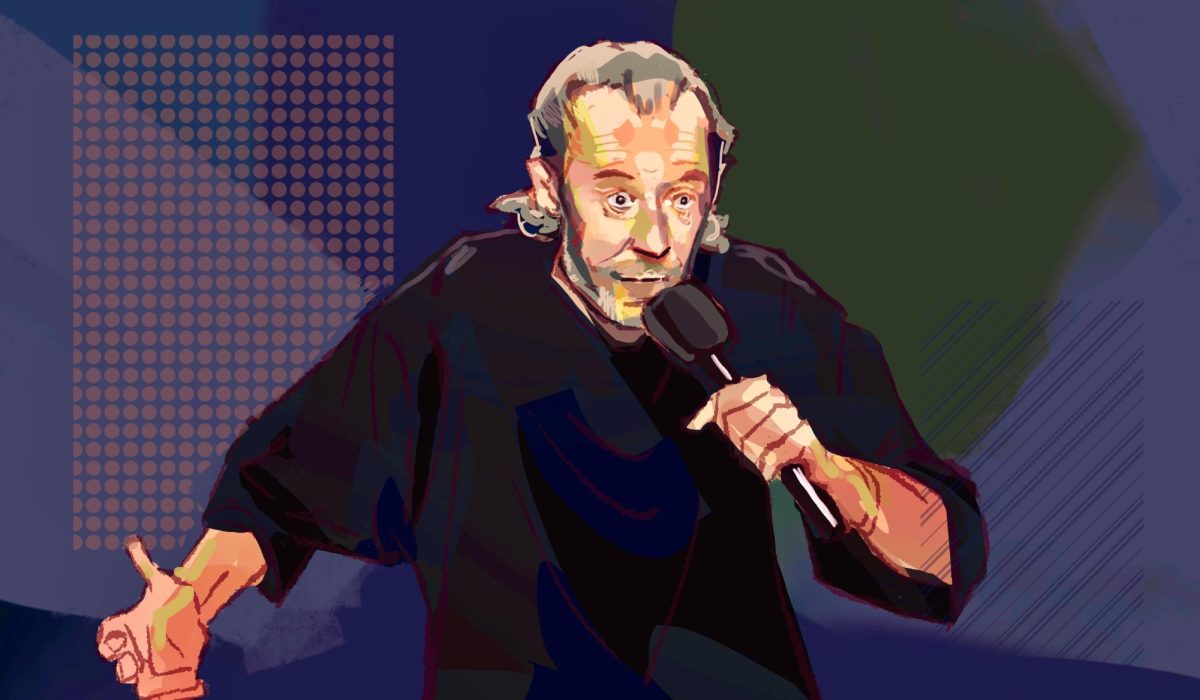The American police force is running rampant while being completely underregulated and overarmed.

A recent report from the White House has surfaced suggesting that military surplus in weapons and equipment was in unregulated distribution to police forces in the United States.
This report comes during a time when police forces across the nation are attending peaceful marches and protests equipped with highly developed military gear. To calm things down, President Barack Obama went on national television and announced a plan that would provide training for police forces, regulation of the surplus in military gear and the purchase of 50,000 cameras policemen would be equipped with. But Obama’s intervention is merely a stopgap in the public’s growing mistrust of the police.
Obama first called to raise enough funds to provide 50,000 body cameras to record police interactions with the public. According to the Associated Press, a “[2014] report from the Justice Department said there’s evidence both police and civilians behave better when they know there are cameras around,” but this resolution is far from being enough. Not every policeman in the nation will have access to the cameras, and it is not going to deeply change the way the police interact with citizens, especially with racial minorities. Policemen will just be more careful when they know they are on camera, but their behavior will probably deteriorate as soon as they are off camera. The effort is laudable, but it is just hiding the bigger part of the problem: access to military surplus for police forces despite a lack of training.
The 2014 White House report says that, as the programs to furnish police forces with gear from the military have grown after the terrorist attacks of Sept. 11, 2001, “training has not been institutionalized, specifically with respect to civil rights and civil liberties protections, or the safe use of equipment received through the federal government,” and now a lot of unprepared policemen have access to this equipment. Recently, the surplus was on full display in the highly televised protests in response to the Darren Wilson non-indictment ruling. All this equipment makes the United States’ police among the most dangerous in the world. This police force is officially responsible for just over 400 deaths over a calendar year, according to the FBI, and for over 1,000 deaths unofficially — that is, if you count the “unjustifiable police homicides,” a goal of the “Killed by Police” Facebook page. These numbers are far above and beyond those in other developed countries. Over the same time span, the police in the United Kingdom killed two people, while the German police killed six. The United States numbers are bound to be somewhat inflated by the larger population, but the extreme size mostly highlights the last point in Obama’s announcement: The police needs more training to deal with modern day America.
The climate of terror and angst in today’s American society leads police officers, especially unprepared ones, to make rash decisions. Just recently, in Cleveland, a surveillance camera caught a policeman shooting a 12-year-old that was playing with a fake gun. The story has not yet been completely investigated, but the police officer’s quick trigger shows just how unprepared policemen are to deal with these situations. More recently, a video surfaced of a New York policeman holding a black man in a chokehold to handcuff him until he became unconscious. The man who was held down later died. Officials had video evidence proving the policeman’s guiltiness but failed to take action and indict him. These incidents are just a few examples of reasons people have to mistrust the police, but there is obviously also a lack of culpability within the justice system that is supposed to keep the police accountable.
Asking for cameras to equip police forces is a step forward to fight the consequences of having an overly aggressive police force. But there also needs to be closer attention paid in the long term to how the police force is formed, trained and how they use their weapons and position of power against civilians.













